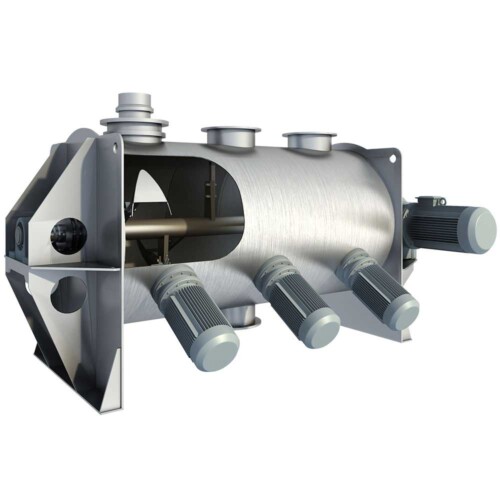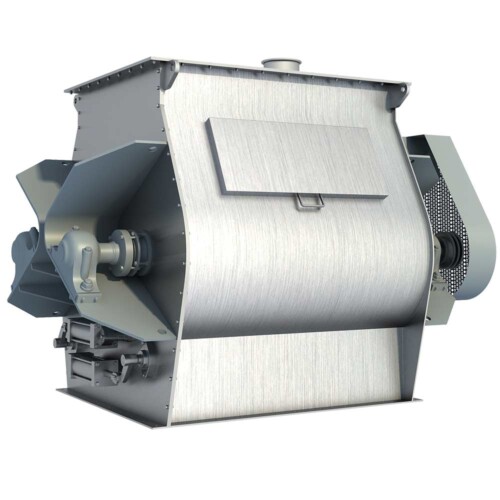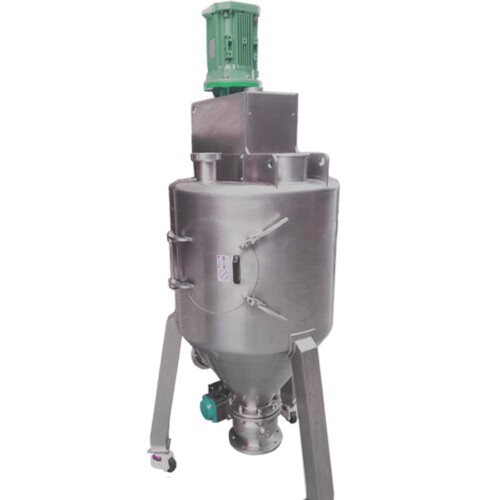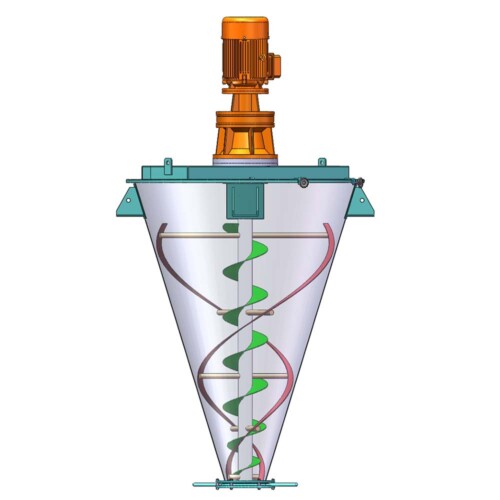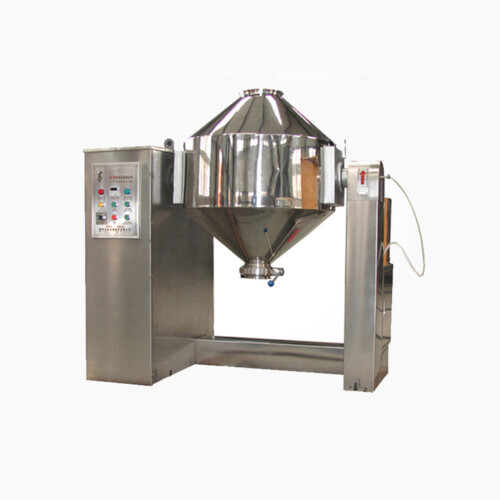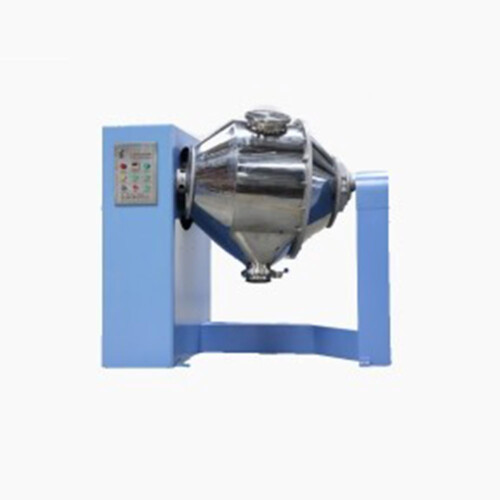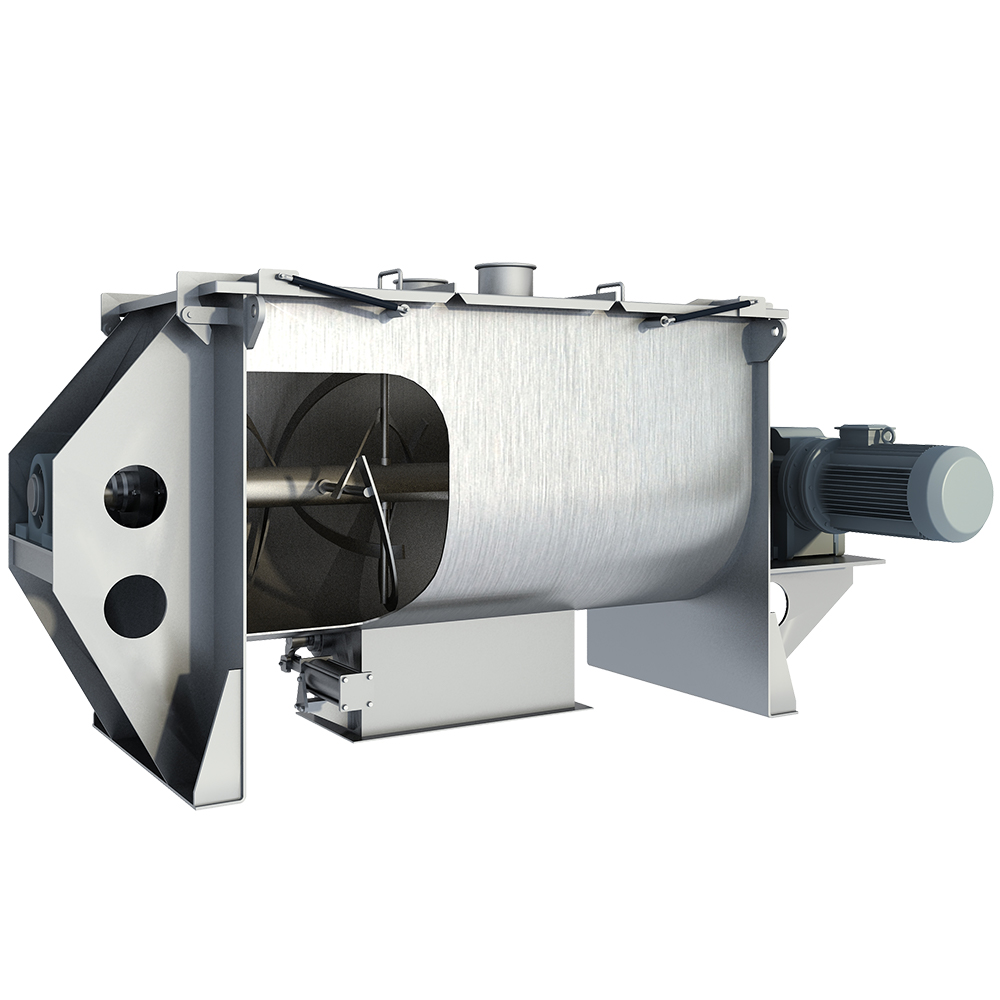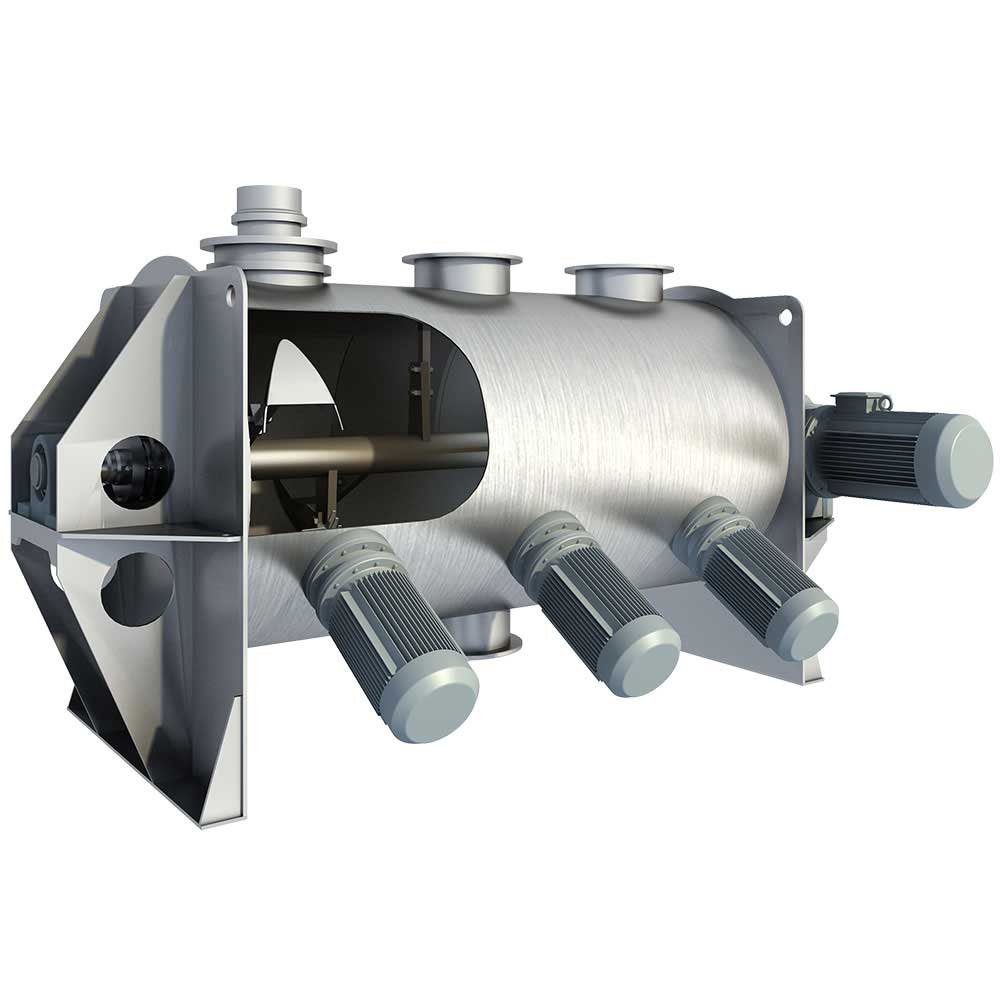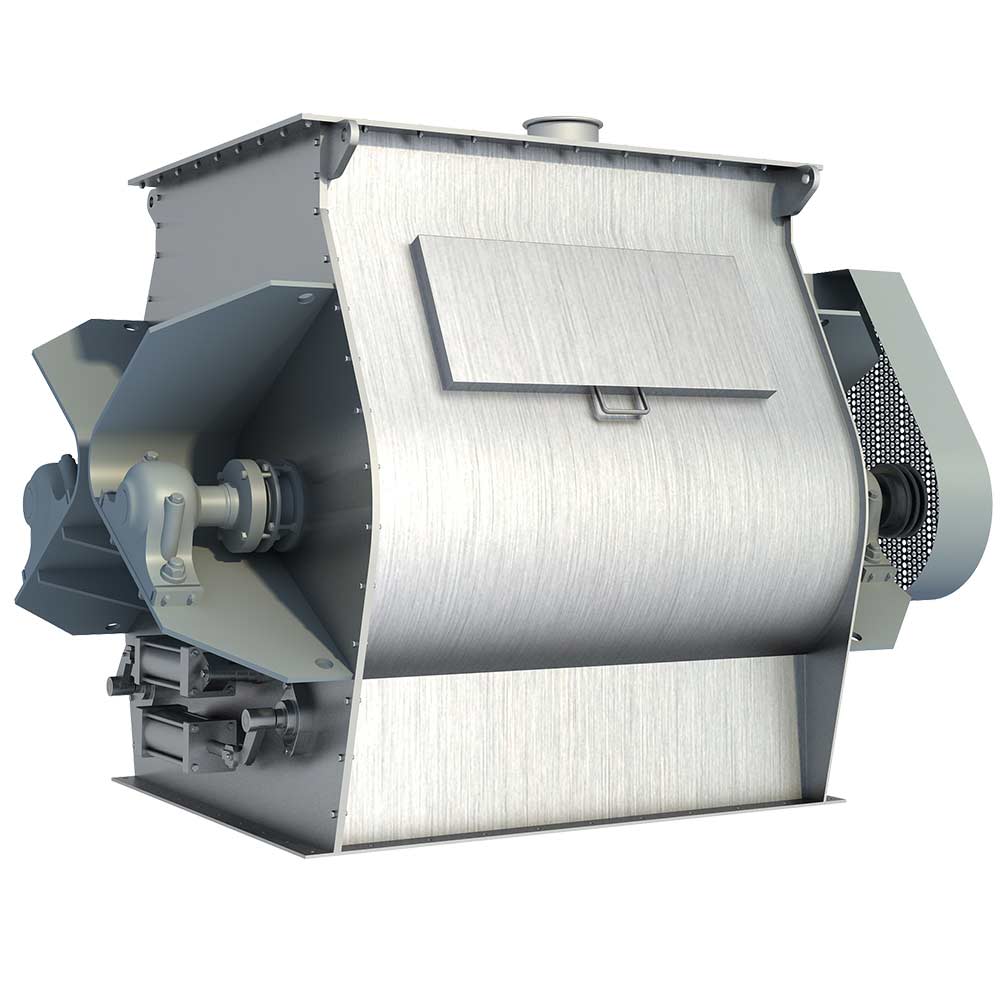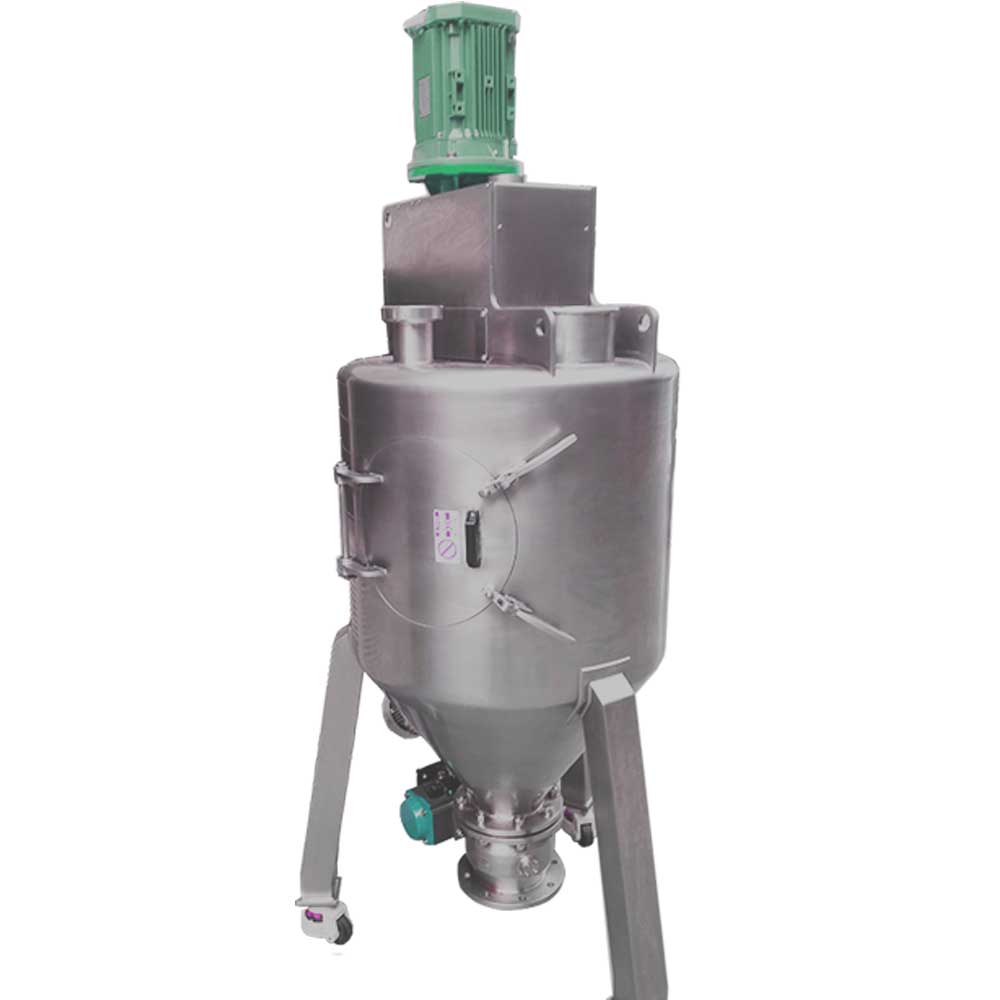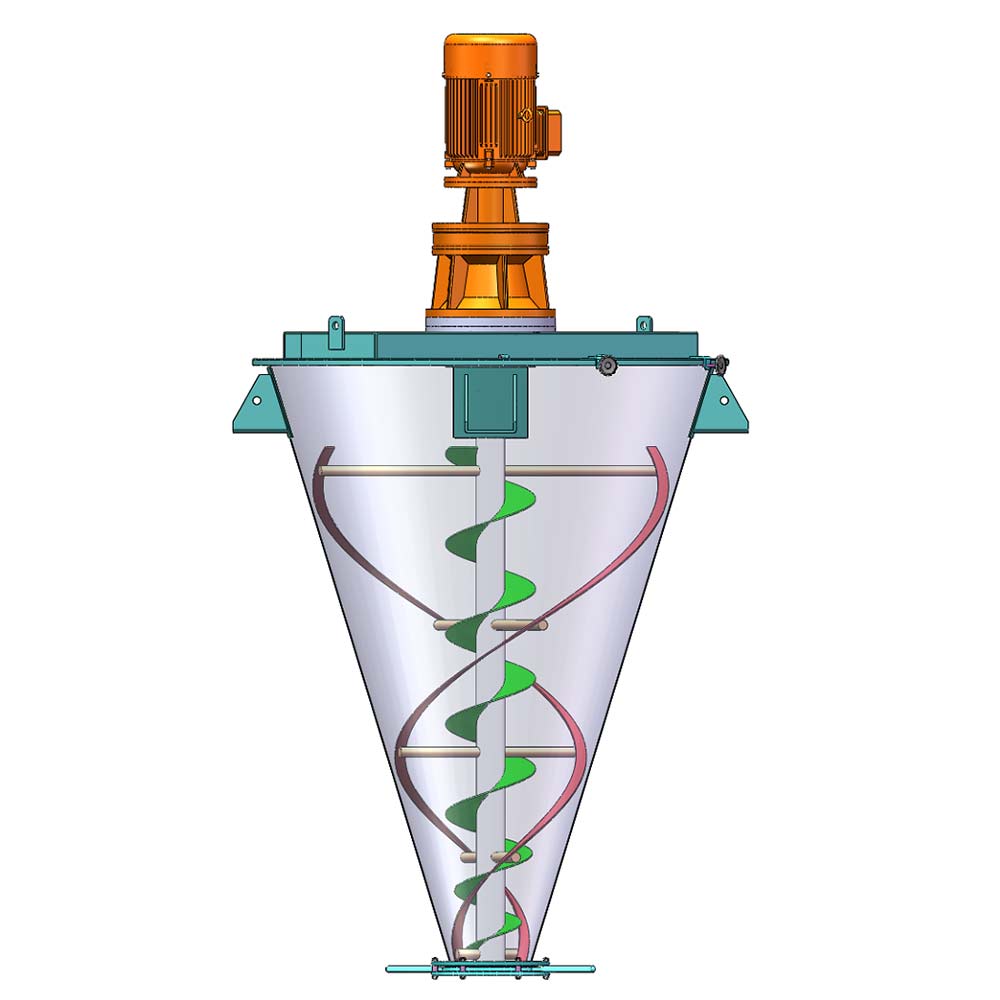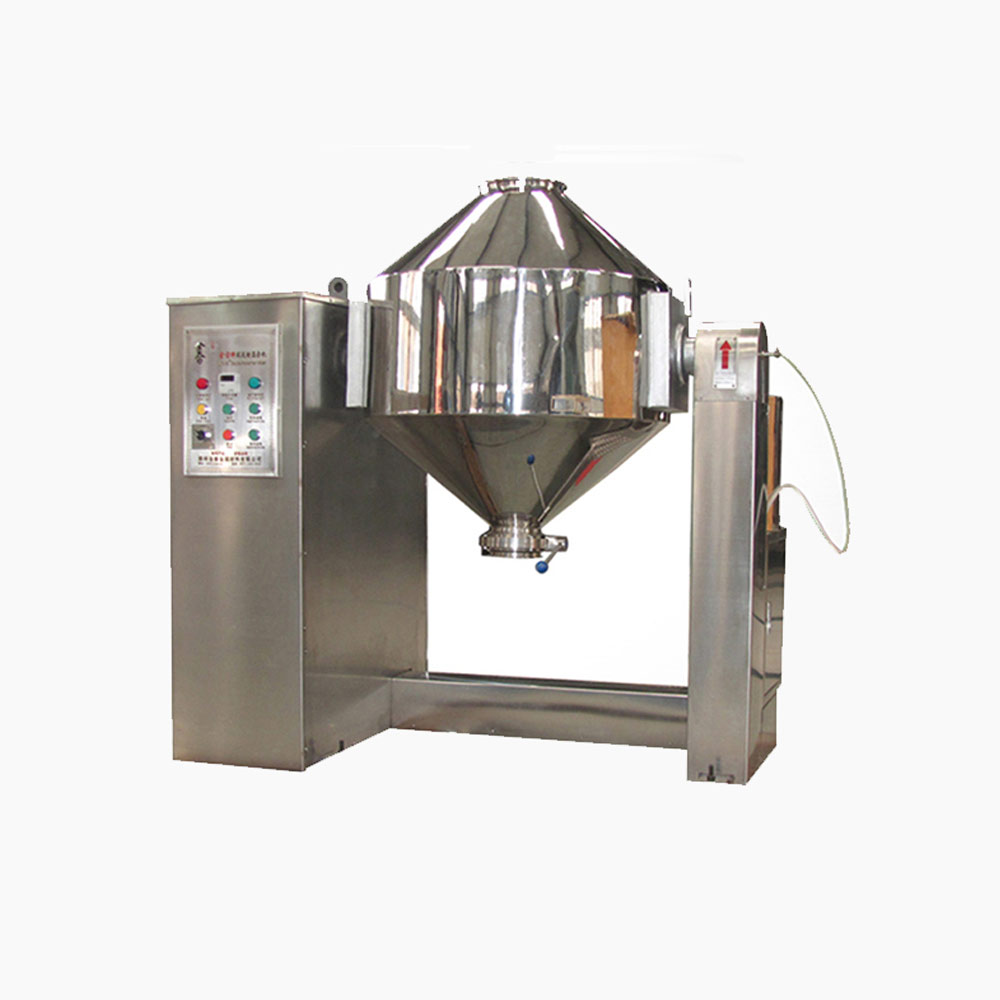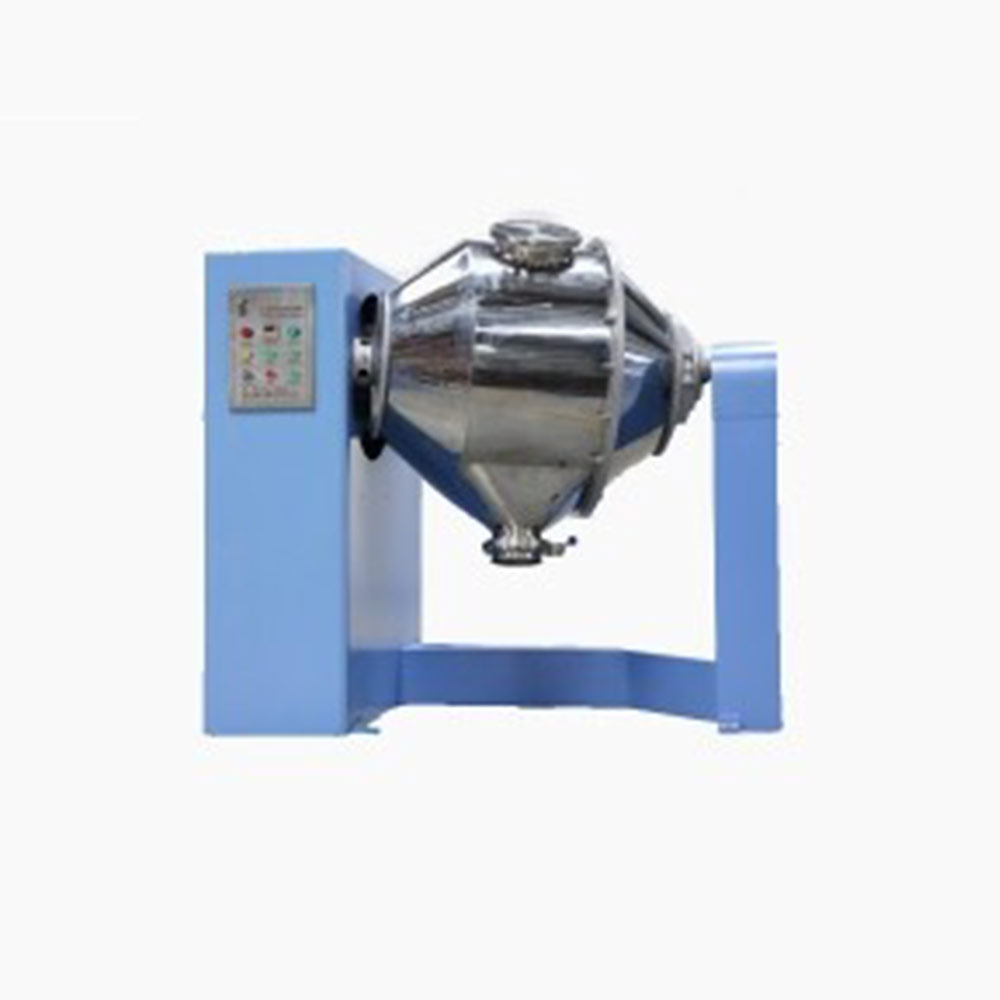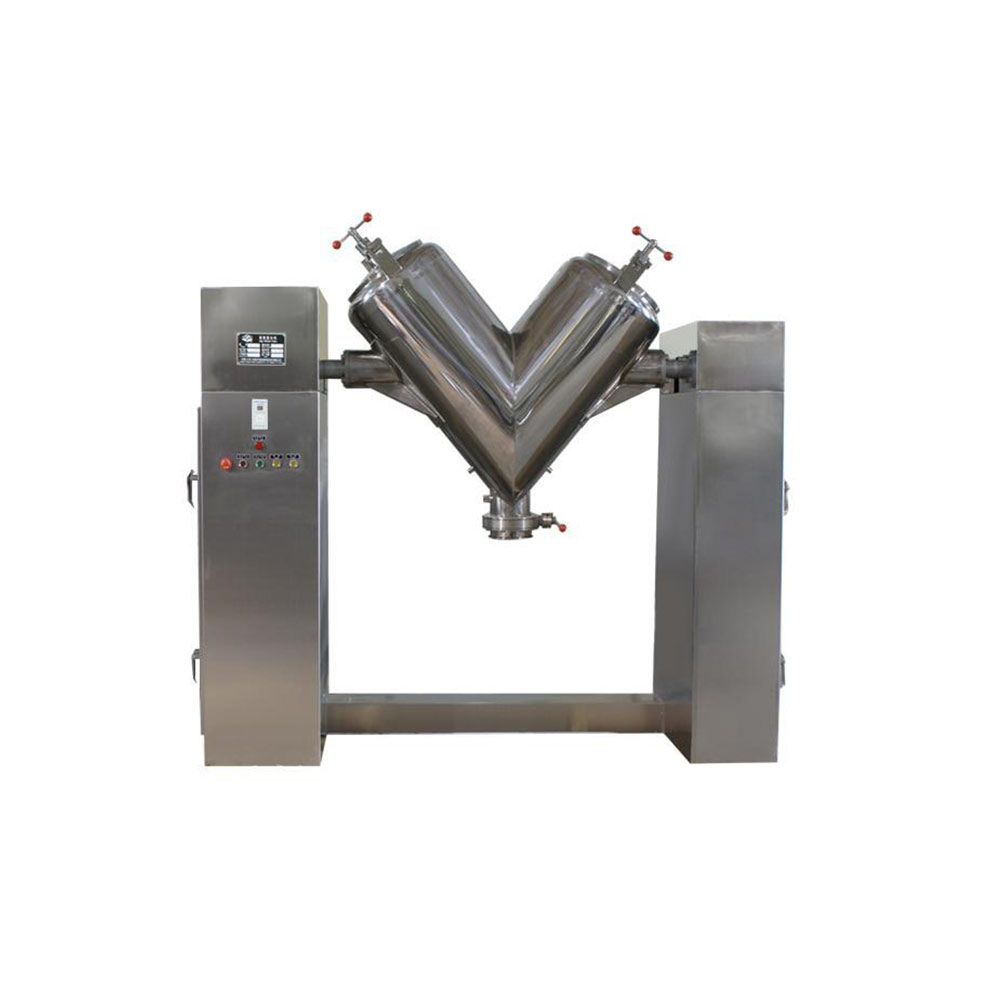Ask An Expert
Frequently Asked Questions
Yes, We can supply simple stand alone panels or automated PLC controlled systems. We normally install and test all controls on our mixers before they are shipped.
Yes, we normally test the mixers before they are shipped and mark out the wire need to connect on the control box.
We manufacture specialty mixing equipment for powder & bulk materials. Included are ribbon blender, plough mixer, conical screw mixer, twin shaft paddle mixer, V blender, double cone blender and other auxiliary equipment such as screw conveyor, quantitive auger filler.
We sell across the world, our cusotmers distribute 5 continents.
Share Us With Your Network
Identification of Powder Mixing and Test of Mixing Homogeneity
Identification of Powder Mixing: Powder mixing is two or more components in dry or little liquid condition which will be mixed by external forcing to get homogeneity. Two or more components could be different substance or the same substance but with different physical features. For example: difference in water content, particle size and color. Powder mixing is a complicated and random process which confused people to have a determination and assessment about mixing quality. With the development of science and technology, mixing homogeneity is judged by people’s senses has passed away. It need to be quantitative analysis by science instrument and quantity type. If we want to get quantitative analysis, take sampling, testing and statistical analysis are necessary to get a accurate value to approve the mixing homogeneity.
Test Procedure of Mixing Homogeneity is following:
A. Take Sampling:
Take sampling means people pick out some mixed material from some position in mixer. This material calls “Observation Sample” and the position calls “Sample Position”. In the same mixer machine and at the same time, the samples need to be taken from different sample position. As for sample size, if meet test requirement and have representative sample, the smaller sample size, the better result. If using bigger size sample, it is not only waste but also be harmful for result accuracy. As for sample numbers, if we have more samples, the quantitative analysis will be more accurate and less error. According to AIChE (the American Institute of Chemical Engineers is the world’s leading organization for chemical engineering professionals, with more than 50,000 members from over 100 countries), it requires 5-15 samples. In China, we use 5-10 samples. Regarding sample position, it should be covered in anywhere if the material in static status. If we can take sample during material moving, the analysis will be more accurate than static status. So, it is better to get sample during mixer running.
B. Testing
The inspector will test the content of every component from sample through chemical or physical method. If the number of samples is 5, we can get 5 results X1, X2, X3, X4, X5. Regarding the test method, it should be decided by nature of component, mixing purpose and actual condition.
C. Statistical Analysis
We can calculate the test result and get a single value by statistics method to assess the mixing quality.
1. arithmetic mean value or sample average. X X= — Σxi: n——number of sample Xi——Testing data in Item i Sample (for example: quantity, water content and particle size)
2. Variance: σ2 σ2 = —— Σ(Xi — X)2
3. Standard Deviation: σ σ=√σ2 =√——Σ(Xi – X)2
Before 1940s, we use σ to determine the mixing quality. The smaller of σ is, the better mixing homogeneity will be. However, this definition is not accurate with big error.
4. Relative Standard Deviation:
There are many methods to get V.
1) V= ×100%
2) V= (×100%)
Please see following figure of Mixing Accuracy Report we made for customer before:
Compared with different types of powder mixers, the mixing homogeneity has different depend on the mixing principle:
|
Powder Mixer Type |
Coefficient of Variation (CV value) |
|
Twin Shafts Paddle Mixer |
Less than 3% |
|
Plough Shear Mixer |
Less than 4% |
|
Ribbon Mixer |
Less than 5% |
|
Conical Screw Mixer |
Less than 6% |
|
Other Mixers |
Less than 10% |
Ask An Expert


